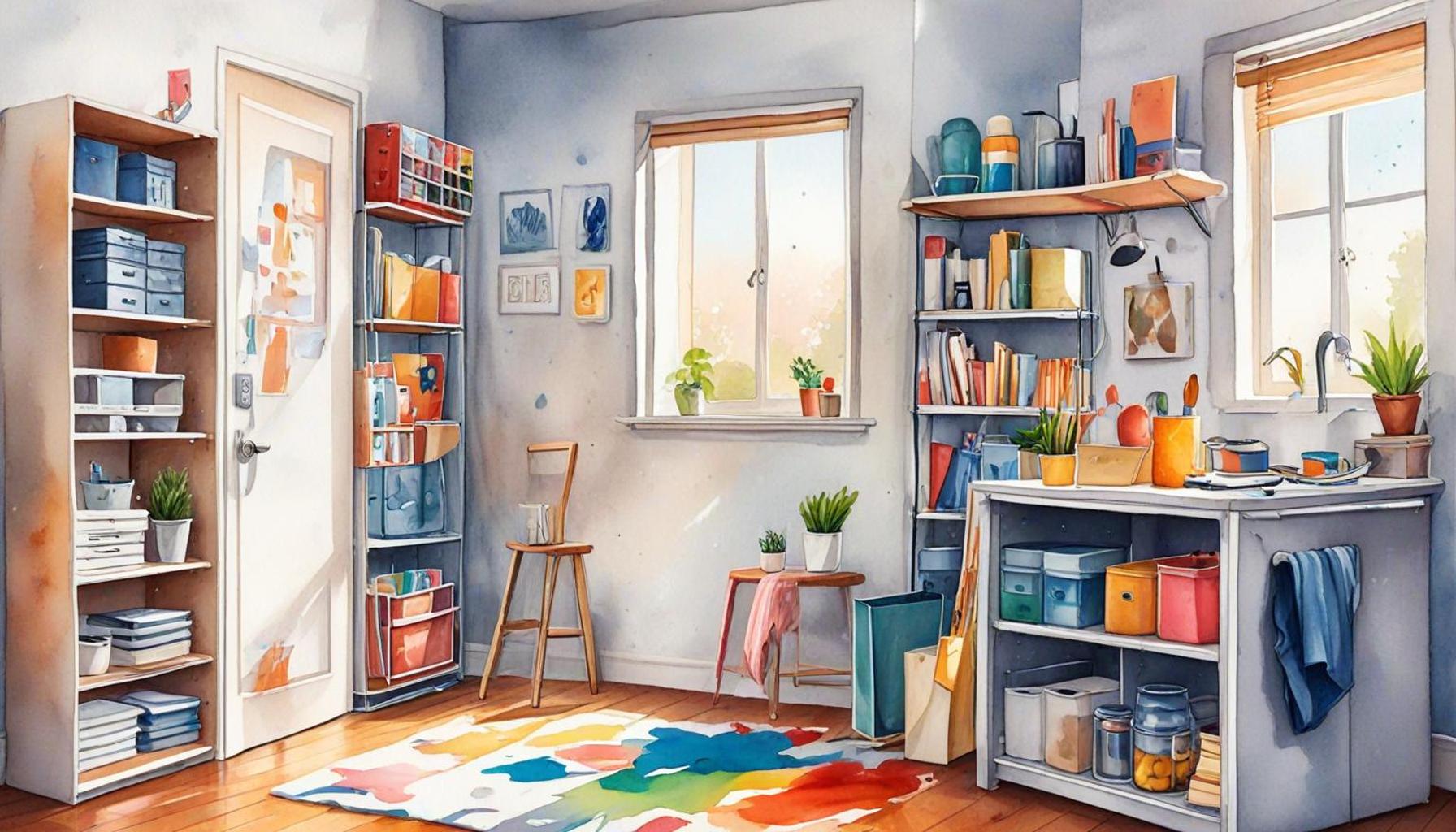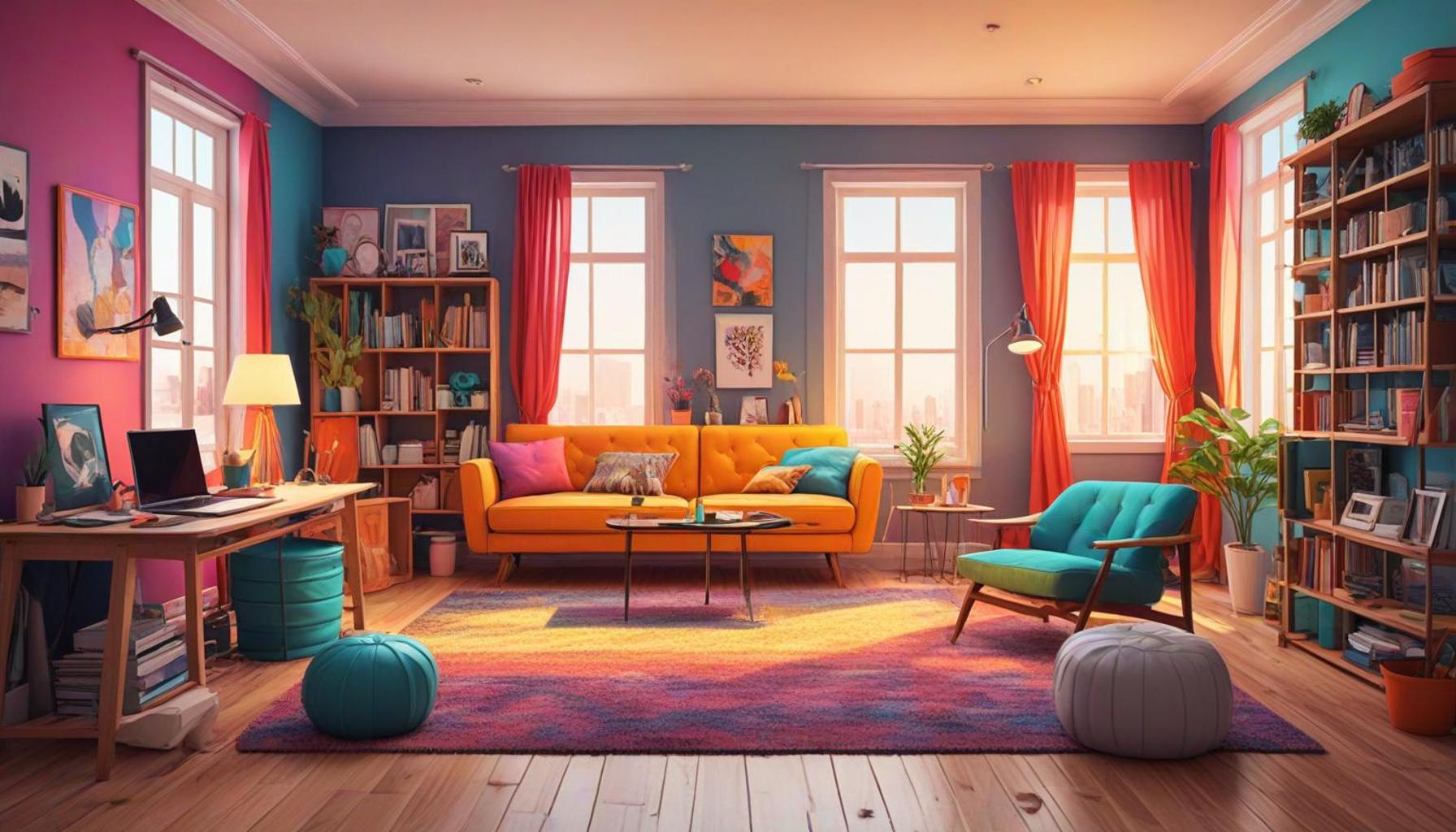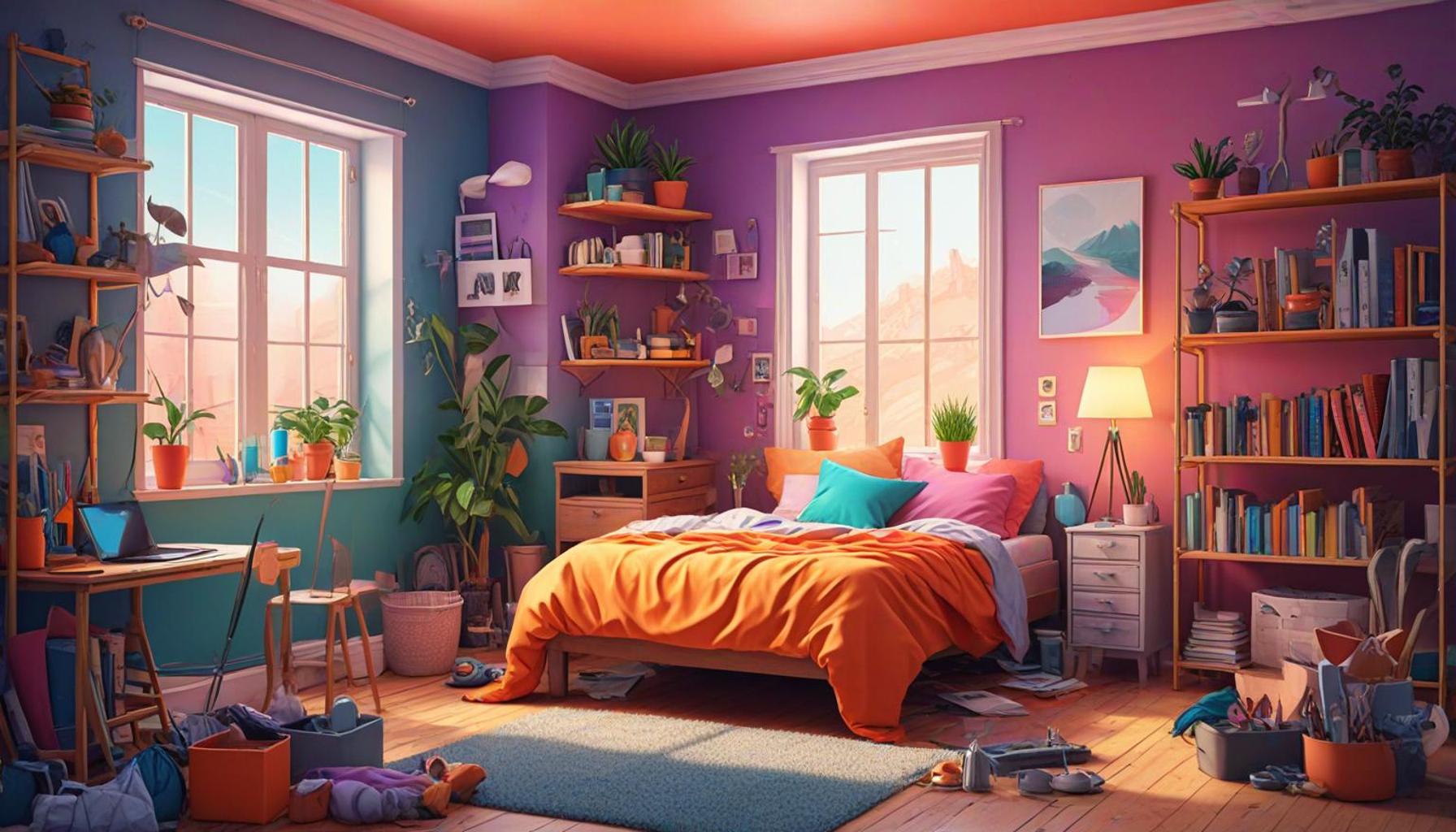Creating Multifunctional Spaces: The Key to Organization in Small Environments
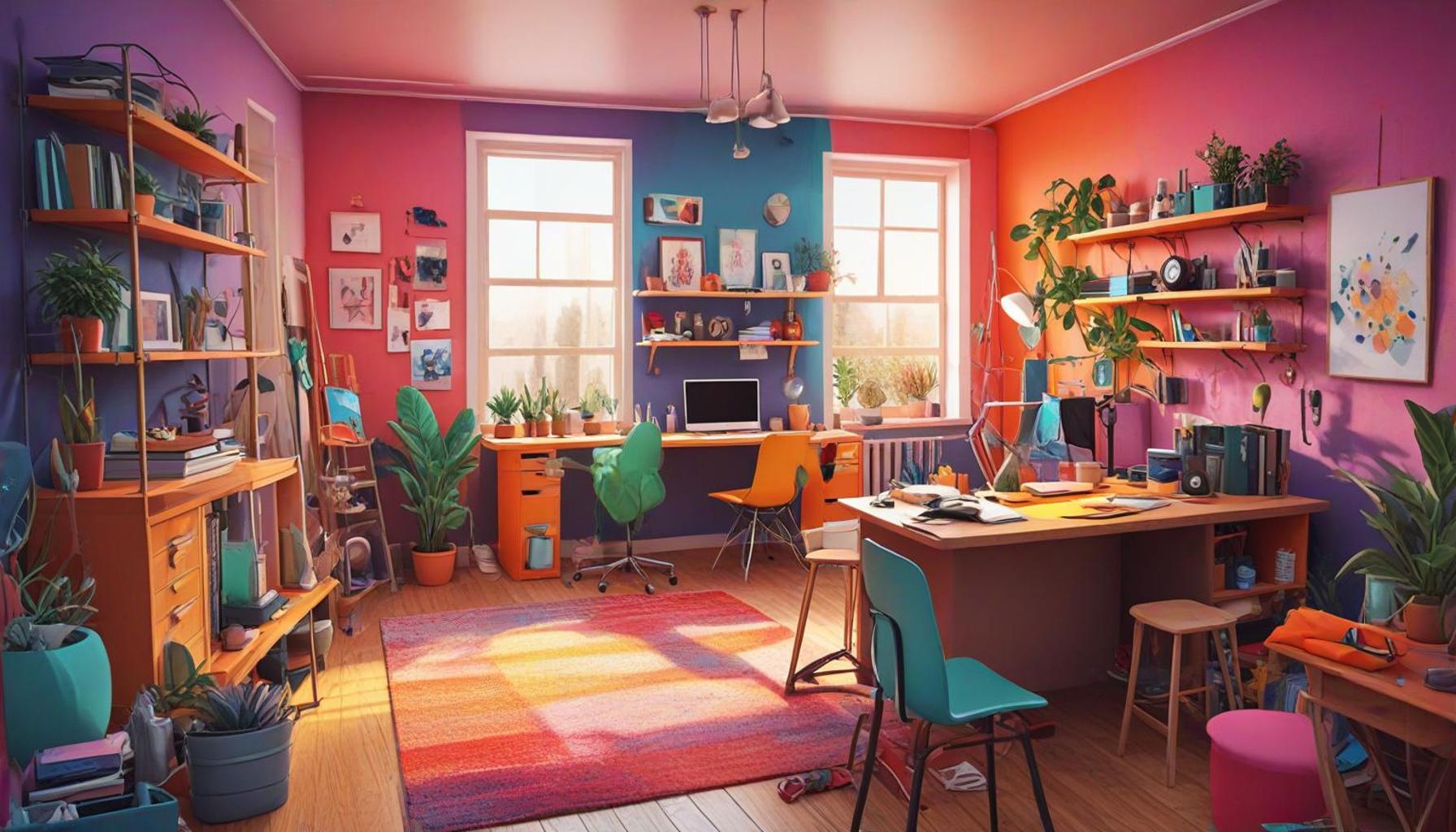
Unlocking the Potential of Multifunctionality in Living Spaces
As urbanization continues to dominate the landscape of American cities, the quest for efficiency in living spaces has surged. With housing prices soaring and available square footage dwindling, homeowners and renters alike are faced with the challenge of maximally utilizing their limited space. Multifunctional spaces have emerged as not just a trend, but a necessary evolution in how we conceive our environments. The transition to smaller living quarters calls for a strategic approach to organization, allowing individuals to create harmonious settings that prioritize both functionality and aesthetic appeal.
One of the most exciting aspects of this shift is the introduction of convertible furniture. For instance, a sleek sofa can easily transition into a comfortable bed for guests, such as the popular sofa beds available at retailers like IKEA. Tables that collapse or extend according to need offer incredible versatility. Imagine hosting a dinner party with a spacious dining table that can later shrink down to a compact size for everyday use. This flexibility not only saves space but also influences how we socialize and entertain in our homes.
Beyond furniture, the role of creative storage solutions cannot be underemphasized. Homeowners are increasingly looking for innovative ways to stash belongings without sacrificing style. Consider ottomans with hidden compartments that serve as both seating and storage for blankets or magazines. Wall-mounted shelving frees up floor space, allowing for personal mementos and books to be displayed elegantly while maintaining a streamlined look. Every nook and cranny can be turned into efficient storage; under-bed boxes are another classic solution that can harbor seasonal clothing or extra linens.
Furthermore, defining zones within a multifunctional space is crucial in maintaining order and enhancing usability. For instance, utilizing rugs to create distinct areas for work, relaxation, and dining can help individuals mentally compartmentalize their day-to-day actions. Adding curtains can physically separate areas, providing flexibility to transition from a workspace to a sanctuary without losing the overall flow of the home.
The benefits of embracing multifunctionality are far-reaching; not only does it promote an organized and simplified lifestyle, but it also enhances one’s overall well-being. Adopting these innovations is a key step in rethinking and redesigning our homes. As the trend towards smaller living spaces continues, those who embrace multifunctionality may find themselves unlocking new, enriching possibilities for their everyday lives.
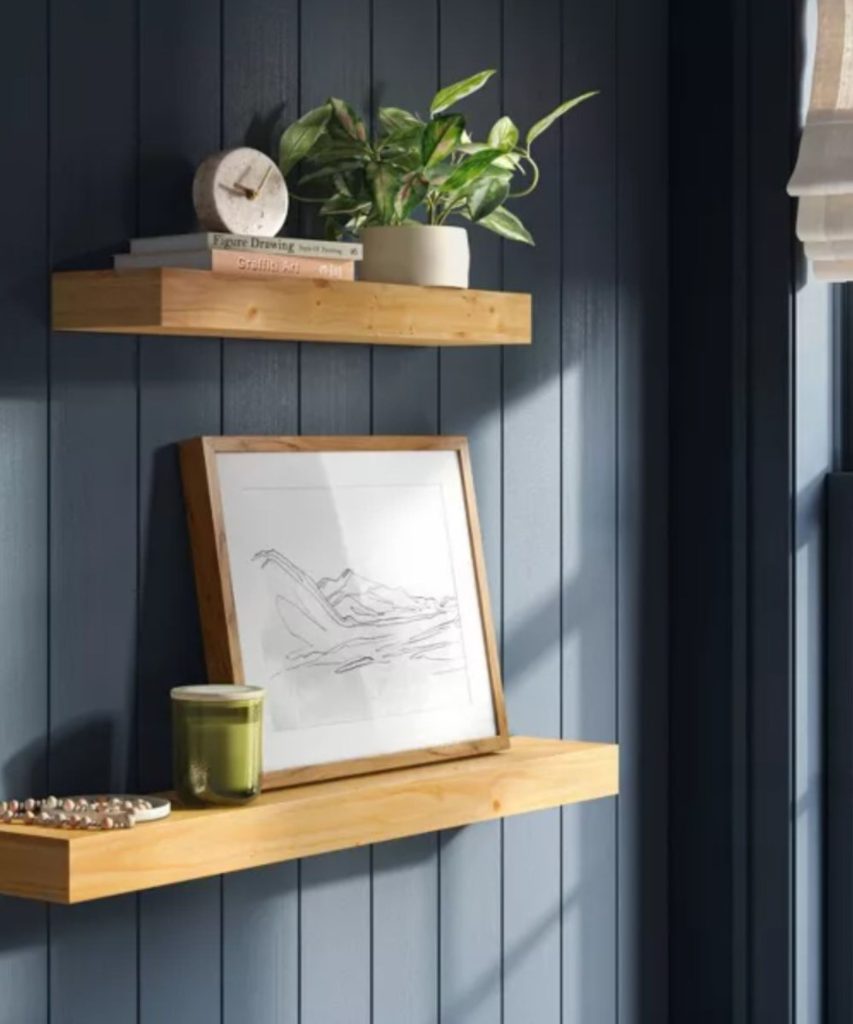
DISCOVER MORE: Click here to learn how simplicity can enhance your life
Exploring the Importance of Adaptable Design
In a world where every square foot matters, the concept of multifunctional spaces has become a beacon for those aiming to maintain an organized and aesthetically pleasing home. To truly optimize a small environment, incorporating adaptable design principles is essential. This means thinking beyond traditional layouts and embracing features that offer flexibility, practicality, and style.
The integration of multifunctional furniture into home design serves as a cornerstone for maximizing usability. One of the primary benefits of using convertible furniture lies in its transformative nature. For instance, a dining table can double as a workspace when fitted with a foldable design, allowing a family to enjoy communal meals while providing a productive atmosphere for chores and projects. Additionally, wall beds, often referred to as murphy beds, can provide a comfortable sleeping arrangement while reclaiming floor space during the day. The potential for innovation in furniture designs continues to expand, with options now available that seamlessly incorporate storage and style, ensuring that homes do not need to compromise on either function or appearance.
Moreover, beyond furniture, the incorporation of smart storage solutions presents a multitude of advantages. Consider these effective strategies for organization:
- Vertical Storage: Utilizing vertical wall space through shelves and hooks not only clears floor area but also enhances decor by adding personalized design elements.
- Modular Units: Investing in modular pieces that can be rearranged or reconfigured allows for greater adaptability as needs evolve.
- Underutilized Areas: Are there corners or hallways in your home that serve no purpose? Implementing corner shelving or narrow cabinets can transform these neglected spaces into functional storage areas.
- Multi-Purpose Accessories: From ottomans that serve as tables to portable carts that can be moved from room to room, employing such accessories enables seamless transitions between functions.
Additionally, the strategic implementation of zoning within a multifunctional space can create a sense of order. By physically dividing areas for distinct purposes, residents can enjoy the benefits of separate environments without sacrificing valuable floor space. For example, a well-placed area rug can delineate a living space from a workspace, helping to mentally separate functions as well. Implementing room dividers or curtains can add that layer of segregation necessary in a small area, creating a private nook for study or relaxation.
Investing in a well-planned multifunctional space leads to enhanced lifestyle benefits. Not only does it promote organization, but it also fosters a sense of relaxation by minimizing clutter and environmental stressors. The power of rethinking living spaces extends beyond mere utility; it embodies the pursuit of a sophisticated and well-orchestrated life, even within the confines of small environments.
Creating multifunctional spaces has become essential in today’s compact living scenes. The ever-growing need for efficiency and organization in small environments demands creative solutions that can maximize utility without sacrificing style. Here are several points for consideration that can transform your space:Firstly, flexible furniture is a game-changer. Look for pieces that serve multiple purposes—such as a sofa bed or an ottoman with storage space inside. These items provide comfort while incorporating functionality into your living area. Moreover, expandable dining tables can accommodate guests without occupying too much space when not in use.Secondly, the use of vertical spaces is a brilliant strategy. Incorporating shelves and wall-mounted storage allows you to free up floor area while displaying decor. You can also consider vertical gardens, which not only enhance aesthetic appeal but also improve air quality.Moreover, implementing a dedicated multi-purpose zone can significantly enhance the organization of your home. Designate an area that serves as a workspace, reading nook, or relaxation corner. This area should feature a compact desk, comfortable chair, and adequate lighting. A clutter-free zone is vital for maintaining focus in small environments!Lastly, consider using modular storage solutions that can be easily rearranged to fit your evolving needs. Modular cubes or carts can adapt with you and can be used in various rooms of the house, offering versatility at its best. By embracing these elements, your living space won’t just be functional but will also radiate style and organization. It’s all about pushing the boundaries of traditional design and innovating how you use space. Explore creative combinations and let your small environment shine with the possibilities of multifunctionality! For a brief overview of the advantages of implementing multifunctional spaces, refer to the following table:
| Category | Advantages |
|---|---|
| Space Efficiency | Maximizes the use of every inch, allowing for more living space. |
| Versatility | Items can serve multiple purposes, reducing clutter. |
| Organization | Design promotes a clean and tidy environment. |
Incorporating these elements into your living space will create a sense of balance and harmony. Explore the innovative possibilities of multifunctional design to elevate your living experience!
DISCOVER MORE: Click here to delve into mindfulness and minimalism</
Utilizing Technology for Space Efficiency
As society grows increasingly dependent on technology, integrating smart home solutions into multifunctional spaces has emerged as an essential strategy for maximizing organization and efficiency. Innovative gadgets and applications allow for greater control over space usage, offering seamless adaptation of home environments to suit various activities. For instance, smart lighting systems can be programmed to automatically adjust the ambiance based on the time of day or specific occasions, effortlessly transitioning a cozy living room into a vibrant workspace.
Another essential aspect of technology in multifunctional spaces is the rise of smart appliances. Devices such as compact dishwashers and stackable washer-dryer combinations demonstrate that modern technology doesn’t just improve convenience but also saves space. Smart home assistants can integrate with these appliances, allowing users to manage their environments from a single interface, ensuring that every square foot is utilized effectively while maintaining an organized atmosphere.
In addition to appliances and smart home integrations, the incorporation of digital organization tools plays a crucial role in maintaining order within multifunctional spaces. Applications for time management, task lists, and project management can improve productivity, while digital calendars minimize clutter generated by paper reminders and notes. Not only does this approach contribute to improved organization, but it also ensures that living environments remain clean and usable.
Another frequently overlooked component in achieving multifunctional success lies in the aesthetic aspect of design. Ensuring that colors, textures, and styles are harmoniously blended can significantly elevate the functionality of a shared space. Neutral palettes can create a sense of calm and sophistication, while accent colors can define areas within a room without the need for physical barriers. Utilizing cohesive design elements not only enhances the visual appeal of a space but also promotes a feeling of unity and order.
Emphasizing Outdoor Connections
In urban settings, where outdoor spaces are often limited, maximizing the potential of balcony or terrace areas is essential for creating a truly multifunctional living experience. Transforming these areas into usable extensions of the home can significantly enhance overall functionality. For example, comfortable seating arrangements, portable planters, and foldable tables allow residents to enjoy their outdoor space as an additional living area, perfect for relaxation or al fresco dining.
Moreover, incorporating plants and natural elements into these multifunctional outdoor spaces can contribute positively to mental well-being. Research suggests that greenery enhances creativity, reduces stress, and promotes overall happiness. Designing a multifunctional environment that marries indoor and outdoor aspects can yield benefits far beyond mere organization, leading to improved quality of life.
Community and Shared Spaces
In urban areas, embracing shared living arrangements fosters the development of multifunctional spaces that encourage collaboration and community interaction. Co-living spaces are gaining popularity as they promote resource sharing, where residents can utilize common areas for various functions such as work, socialization, or exercise. This trend not only maximizes efficiency but also strengthens community bonds and builds a sense of belonging among residents.
States such as California and New York have witnessed an increase in co-living arrangements, enabling young professionals and students to thrive in collaborative environments. By incorporating shared amenities like fitness zones, communal kitchens, and coworking lounges, these spaces embody the essence of multifunctional living and the realization of an organized lifestyle within limited square footage.
DISCOVER MORE: Click here to enhance your workspace
Conclusion: The Future of Organized Living
As urban living spaces continue to shrink, the need for multifunctional spaces becomes increasingly vital. This innovative approach to design not only enhances physical space but also supports a dynamic lifestyle that accommodates both work and leisure. For instance, consider a small studio apartment where the living area transforms into a home office during the day, thanks to a cleverly designed fold-out desk. By strategically utilizing technology—from smart home systems that adjust lighting according to activity to digital organization tools like apps for meal planning or calendar management—individuals can seamlessly pivot between the roles required of their homes. Not only does this promote a practical sense of organization, but it also fosters a more enjoyable living experience, whether one is utilizing a space for relaxation or productivity.
Additionally, embracing design aesthetics and incorporating elements from nature by utilizing outdoor areas significantly expands living dimensions and enriches quality of life. For example, the inclusion of balcony gardens or vertical planters can bring a touch of greenery into confined spaces, serving as a stress-reliever and a source of inspiration. Studies have shown that nature can reduce cortisol levels, thereby promoting mental well-being and increasing creativity. The growth of shared living arrangements, where residents use communal areas like kitchens, lounges, and co-working spaces, further illustrates the combination of functionality with social interaction. Such arrangements can enhance a sense of community and provide valuable networking opportunities, especially for young professionals.
Ultimately, creating multifunctional spaces is not just about maximizing square footage; it represents a shift towards a more conscious lifestyle. By reimagining how we utilize and interact with our environments, we can foster a lifestyle that promotes organization, flexibility, and connection. For instance, modular furniture pieces or built-in storage solutions can help optimize small areas without sacrificing style. As trends continue to evolve, these adaptive solutions will likely serve as a blueprint for future living arrangements, emphasizing that even in limited spaces, innovation can lead to boundless possibilities. This rethinking of living environments encourages a holistic approach to urban living, making it not only functional but also enriching and fulfilling.

